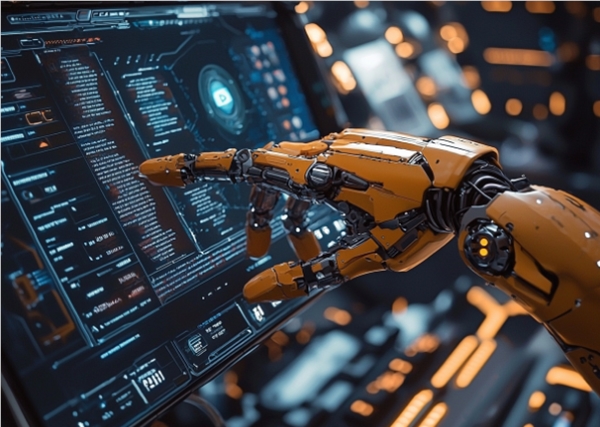In the field of brain cancer treatment, long considered an "impossible mission" in the medical world, a revolutionary breakthrough is quietly changing the game. Recently, a research team led by the Keck School of Medicine at the University of Southern California has successfully transformed deadly glioblastoma cells into "insiders" that can identify and command the immune system to attack similar cancer cells using artificial intelligence (AI) technology, opening up a new path for treating this intractable brain cancer.
Glioblastoma, a name that strikes fear, represents the most common and deadly form of brain cancer in adults. Its severity is evident: the five-year survival rate after diagnosis is less than 10%. Even more disheartening is that immunotherapy, which has achieved significant success in other cancer treatments, seems helpless against glioblastoma. This is mainly because this stubborn brain tumor is deeply hidden behind the blood-brain barrier, making it difficult for immune cells to reach and eliminate.

Image Source: The image was generated by AI, authorized by service provider Midjourney
However, this seemingly insurmountable obstacle has been cleverly resolved with the help of AI. The research team used AI technology to delve into the genetic mysteries that control cell fate, successfully identifying a set of key genes that can reprogram glioblastoma cells into dendritic cells (DCs). These reprogrammed cells are no longer deadly enemies but have become "undercover agents" within the tumor, effectively identifying and guiding the immune system to attack surrounding cancer cells.
This groundbreaking research has been validated with exciting results in mouse models. Using this innovative method, researchers increased the survival rate of glioblastoma-stricken mice by up to 75%. This astonishing result has been published in the authoritative journal Cancer Immunology Research of the American Association for Cancer Research, garnering widespread attention in the medical community.
Dr. David Tran, the lead author of the study and an associate professor of neurosurgery and neurology at the Keck School of Medicine of USC, expressed great enthusiasm for this breakthrough: "This pioneering research uses the power of AI to transform glioblastoma cells into immune-activating cells, marking a significant advancement in cancer immunotherapy. By turning cancer cells themselves into the opposite, we are paving the way for more effective treatments and offering new hope for patients battling this and many other aggressive cancers."
The charm of this innovative therapy lies not only in its unique approach but also in its synergistic effect with existing treatments. The study found that when combined with immune checkpoint therapy, the new method increased the survival rate of mice by 75%; when combined with classic DC vaccines, the survival rate doubled. These encouraging data provide strong support for future combination treatment strategies.
However, scientists have not stopped there. They have already turned their attention to treating human patients. The research team successfully identified a set of human genes that can transform human glioblastoma cells into DC-like cells using an AI system. Next, they plan to further optimize this gene list, package the genetic material into viral vectors, and begin preliminary safety and efficacy testing in animal models.
Dr. Tran expressed confidence, saying: "We hope to expand our search and use AI to help us find the best combination for use in patient testing." If this method proves to be safe and effective, the research team could begin clinical trials for human patients within the next few years.
The significance of this research goes far beyond the treatment of glioblastoma. In the long run, the research team hopes to apply this AI model to other types of cancer, finding genes that can reprogram various cancer cell behaviors to become allies of the immune system like DCs.
The success of this groundbreaking research could not have been achieved without the support of multiple parties. In addition to the research team from the Keck School of Medicine at USC, scientists from the University of Florida College of Medicine also made important contributions. Meanwhile, funding support from the National Cancer Institute of the National Institutes of Health and the Bankhead Coley research program of the Florida Department of Health played a crucial role.
In the era of artificial intelligence, medical research is advancing at an unprecedented pace. This innovative therapy that transforms deadly cancer cells into "insiders" not only brings new hope to patients with glioblastoma but also opens a new path for the entire field of cancer treatment. It proves that even medical challenges deemed "impossible" can be overcome with the help of AI.
As research deepens and clinical trials progress, we have reason to believe that this revolutionary treatment will bring hope of life to more cancer patients in the not-too-distant future. This is not only a major victory for the medical community but also another milestone in the triumph of human intelligence over disease. Under the perfect combination of AI and medicine, we are witnessing the arrival of a hopeful new era.









